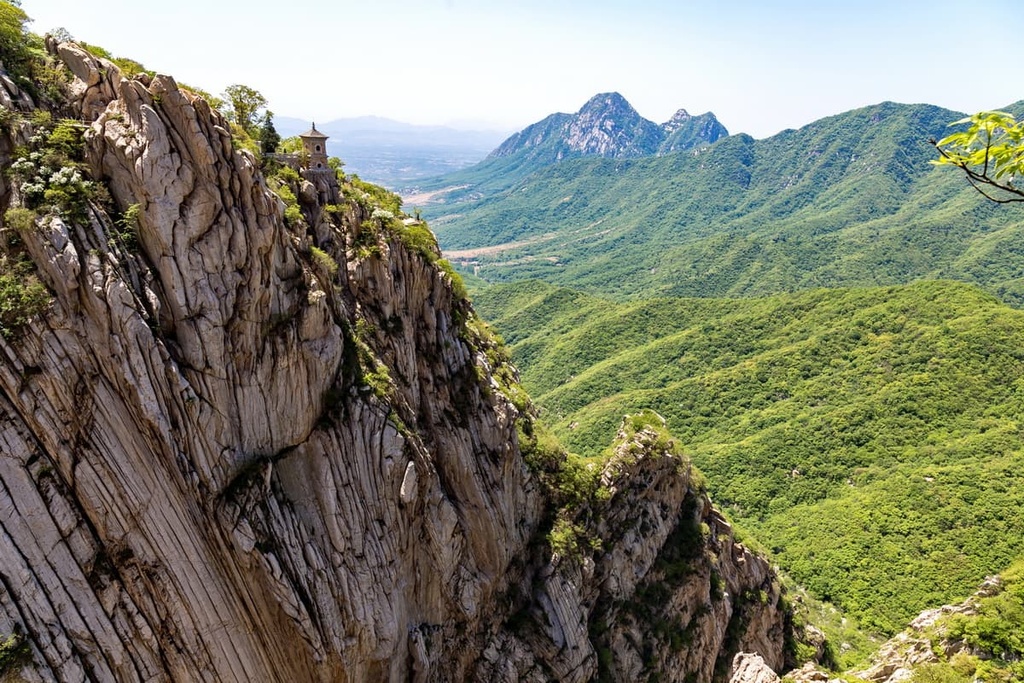Get PeakVisor App
Sign In
Search by GPS coordinates
- Latitude
- ° ' ''
- Longitude
- ° ' ''
- Units of Length

Yes
Cancel
Share ×

Scan the QR code and open PeakVisor on your phone
❤ Wishlist ×
Choose
Delete
Henan is a province in central China that’s known for its wide plains, sacred mountains, and many historic sites. There are 215 named mountains in Henan. Mount Laojun is the highest point in the province at 2,184 m (7,165 ft) while the most prominent mountain is Jīn Gāng Tái (1,584 m/5,197 ft).
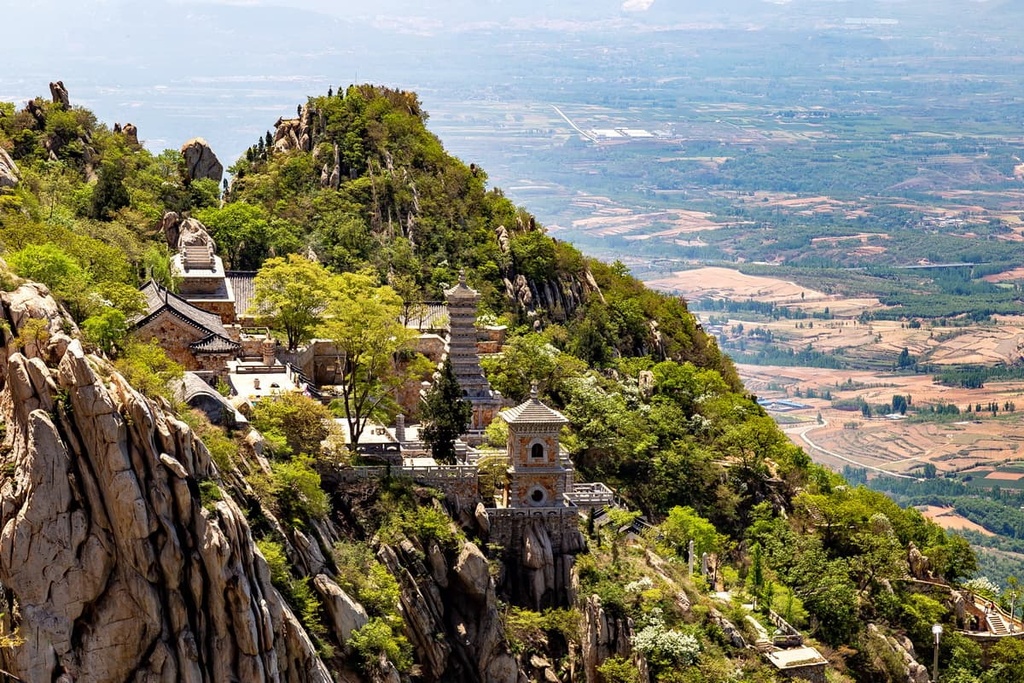
Henan (河南, Hénán) is a landlocked province in north-central China that features a diverse landscape of mountains, plains, and large rivers. It’s bordered by Shandong (山东, Shāndōng), Hebei (河北, Héběi), Shanxi (山西, Shānxī), Shaanxi (陕西, Shǎnxī), Hubei (湖北, Húběi), and Anhui (安徽, Ānhuī) provinces.
While much of eastern Henan is part of the wide, flat North China Plain, the western area is more rugged, and it features mountain ranges, plateaus, and forests. Henan is one of the most populous provinces in China, and it is a place with deep historic roots.
For the first several thousand years of Chinese history, Henan was the country’s major political, economic, and cultural center. Four of the eight great capitals of ancient China were located in Henan and the oracle bones, the oldest known examples of Chinese writing, were found in the province.
Henan is also the home province of one of China’s three major faith traditions. Laozi (老子, Lǎozi), the founder of Taoism, lived as a hermit at the summit of Mount Laojun, the highest point in Henan. The mountain and its temples are now a major tourist attraction.
Near Mount Laojun is the Shaolin Temple, which is the birthplace of Shaolin Kung Fu and an important site for Chinese Buddhism. The Shaolin Temple is one of three UNESCO World Heritage sites in Henan.

In the modern era, Henan is the third most populous province in China with nearly 100 million residents. On its own, it would be the fourteenth most populous country in the world. The vast majority of Henan residents live in the densely populated areas around the Yellow River Plain in the eastern half of the province. The capital and largest city in Henan is Zhengzhou (郑, Zhèngzhōu).
While Henan has the largest economy among the inland provinces in China, it’s less prosperous than the wealthy coastal provinces and is still considered an underdeveloped area. Outside of the province’s large cities, the economy of Henan is largely agricultural. That said, aluminum and coal mining are currently driving economic development in Henan.
Henan is home to a number of national parks, UNESCO geoparks, and mountain resorts that make it a great place for hiking. In addition to Mount Laojun, some of the best mountain parks in Henan are Yuntai Geo Park and Mount Song.
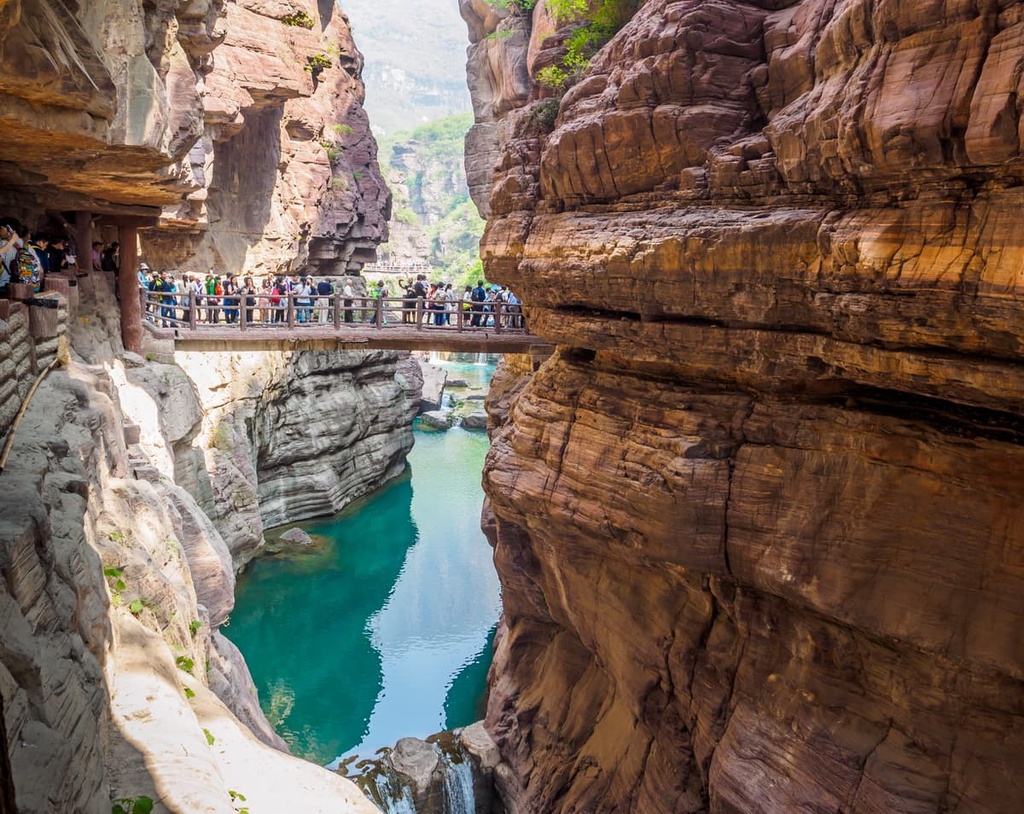
While the majority of Henan is part of the North China Plain, the western section of the province features several mountain ranges and plateaus that rise to over 1,525 m (5,000 ft) in elevation.
Starting at the northeastern edge of the province, the Taihang Mountains form the border between Henan and Shanxi. Further south, the far eastern end of the Qingling Mountains extends into Henan. Major subranges in this part of the province include the Xiong’Er and the Funui ranges.
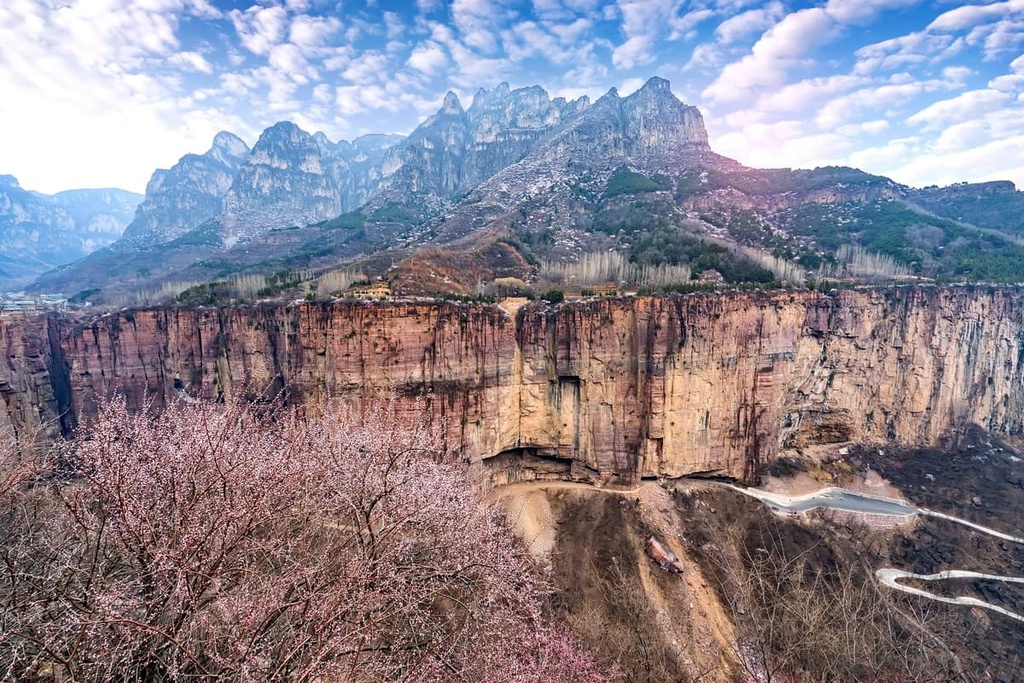
Further to the southeast, the Tongbai and Dabie Mountains form the border between Henan and Hubei. The Tongbai Mountains are the source of the Huai River, one of central China’s major rivers. Like the Yellow River, the Huai flows west to east toward the Yellow Sea.
The Yellow River stretches across the north of the province, coming down from the Taihang Mountains in the west. In fact, the name Henan literally translates to “south of the river.” As the Yellow River descends from the Loess Plateau, it carries huge deposits of silt, which replenish the farmlands in eastern Henan with nutrient-rich silt whenever the river floods.
This annual cycle made Henan’s plains incredibly fertile and productive for thousands of years. It’s estimated that the sediment on the North China plain is 850 m (2,800 ft) deep in some places.
While the annual flooding in Henan has created rich soils in the region, it also causes periodic widespread destruction throughout the province. Locals historically tried to control the annual flooding with dikes, and, in the modern era, by the construction of massive dams. In the last several decades, the rivers had largely been brought under control, although there were major floods in Henan during the summer of 2021.
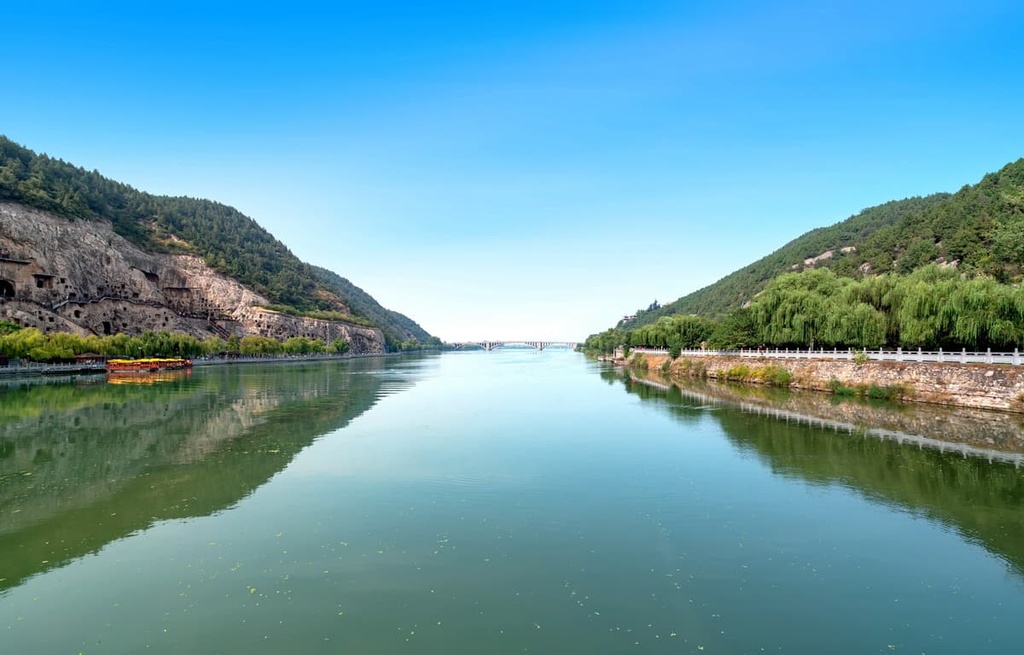
Henan has hot, humid summers with average temperatures up to 30 degrees C (85 degrees F) and cool, dry winters with average temperatures around freezing. The province experiences monsoons and the majority of its rainfall occurs in the summer months. As a result, spring and fall are the best times to visit Henan.
As is the case throughout most of the North China plain, thousands of years of intensive settlement and agriculture have eliminated most of the native plant and animal life in Henan Province.

Before the spread of agriculture in the region, Henan was covered entirely in forests. Today, the largest areas of this original forest can be found in the Funui Mountains in western Henan. At high elevations in the province, there are still some original coniferous forests, too.
While much of Henan’s original animal life has been displaced by settlement and agriculture, there are several endangered species living in the province, including the serow, which is a type of mountain goat.
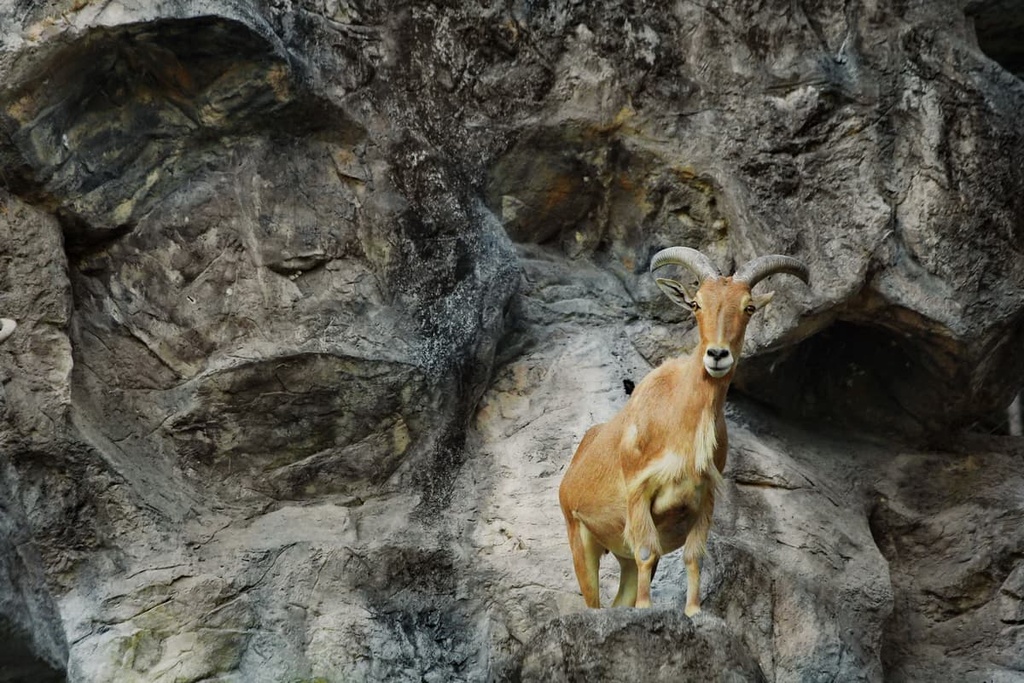
Henan’s history stretches back thousands of years into prehistoric times. The province is considered one of the cradles of Chinese civilization.
Some of the most important prehistoric Chinese cultures, including the Yanshao and Longshan, were located in Henan. Henan is also the site of some of the oldest formally documented history in China.
The Shang dynasty, which is the first Chinese dynasty supported by archeological evidence, ruled out of Henan province and had its last capital at Yin Xu (殷墟, Yīnxū) near the modern-day city of Anyang. The archeological site, which dates to 1300 BCE, stands in testament to the existence of a complex society with a highly developed class structure and advanced metalworking and artistic practices.
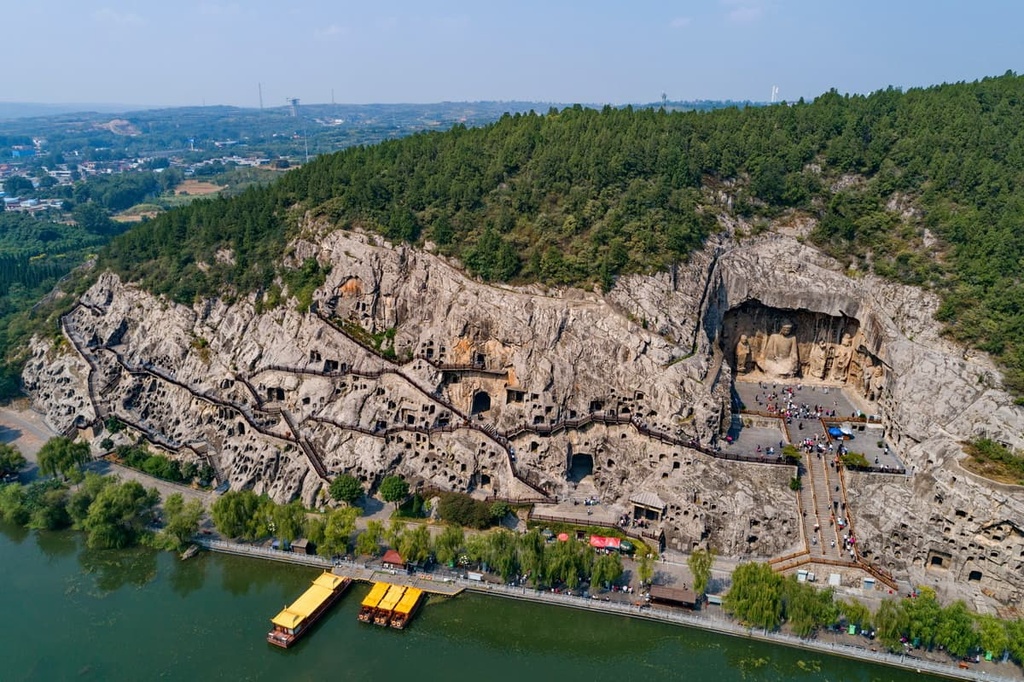
After the Zhou dynasty fell, Henan was divided into a number of smaller, warring kingdoms that fought more or less continually for 300 years. These kingdoms were eventually reunified under the Qin dynasty. This pattern of war and reconquest continued for most of the next 2,000 years until the fall of the last Chinese dynasty in 1912.
Thanks to its strategic position in the center of China, Henan was the center of many pivotal battles and military campaigns over 3,500 years of Chinese history. The cities of Luoyang and Kaifeng in Henan served as capitals for numerous dynasties, kingdoms, and factions throughout the millennia.
During the modern era, Henan has experienced extreme natural disasters and widespread crises like famine, drought, and intense flooding. The province suffered greatly during the Japanese invasion in WWII and was one of the hardest hit by famine during the Great Leap Forward in the late 1950s and 1960s.
While development was slow to reach Henan when China began to modernize its economy in the 1980s, the province has been developing rapidly since the 1990s. Today, coal and iron mining are major industries in Henan. Agriculture is still a major industry in the province and Henan is China’s number one producer of wheat.
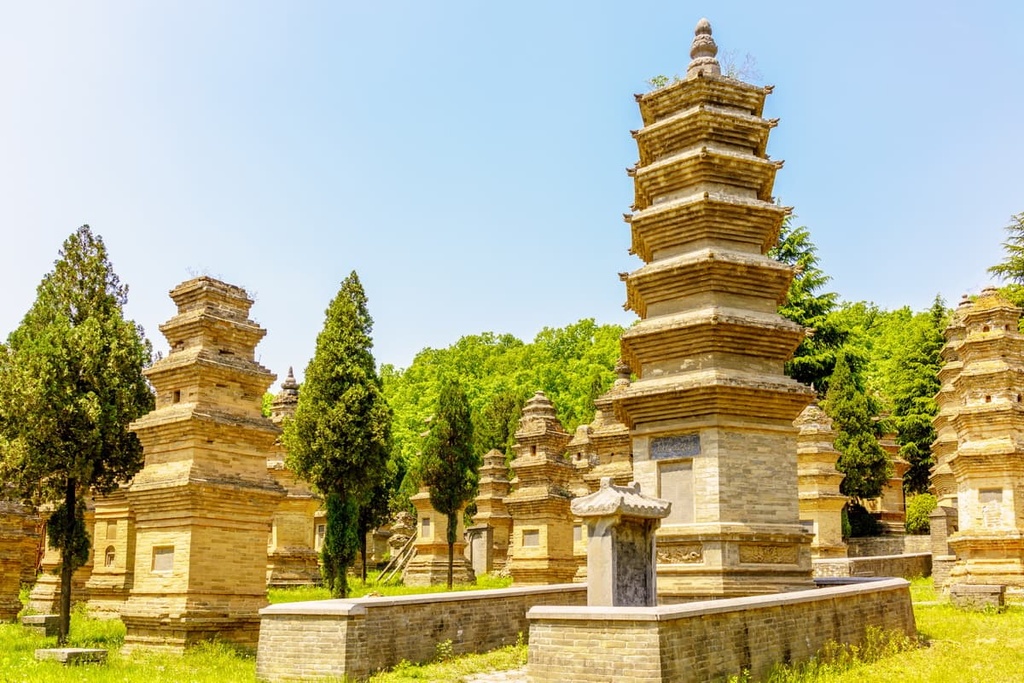
Western Henan has a number of interesting national parks and mountain resorts that make for excellent hiking destinations. Here are some of the best hikes in Henan Province to check out during your next trip to the region.
Mount Laojun, with its steep, rocky faces and photogenic temples, is Henan’s major mountain destination. At 2,184 m (7,165 ft) in elevation, it's the highest point in the province and a place of deep historical and religious significance.
Mount Laojun is named after Laozi, the founder of Taoism, who supposedly lived at the summit of the mountain as a hermit. Today, there are several temples perched directly on the mountain’s peaks.
Visitors should be aware that, unlike the mountain’s namesake hermit, they won’t find much peace and quiet at Mount Laojun today. The mountain is very popular with Chinese tourists and you’ll likely be sharing the steep stone steps with hundreds of other people. There’s also a cable car to the summit if you don’t feel like walking.
If you do plan to walk, keep in mind that climbing the mountain involves ascending thousands of stone steps, some of which are built into completely vertical cliff faces on the mountain. Mount Laojun is also located to the south of the city of Luoyang.
Yuntai Geo Park, which is located in northern Henan along the border with Shanxi, is a land of deep gorges, massive red stone formations, and spectacular waterfalls. There are a total of 36 peaks and more than 20 caves in the park.
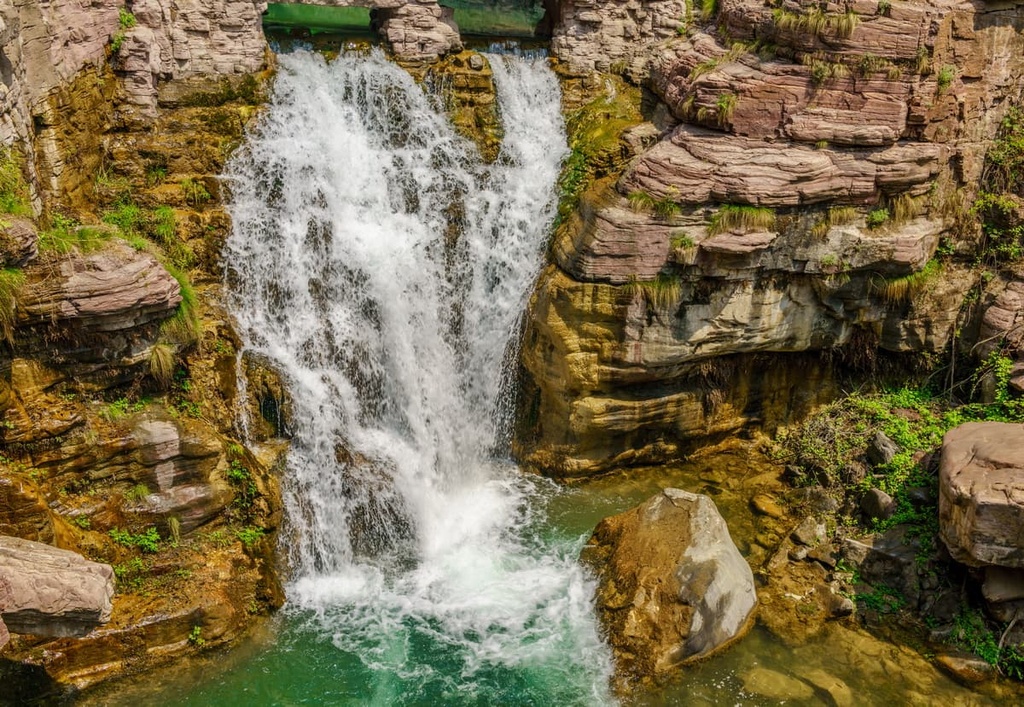
One of the most famous sites in Yuntai Geo Park is Yuntai Falls, which is the tallest waterfall in China with a total drop of around 314 m (1,030 ft). There are dozens of other smaller but no less scenic waterfalls found throughout the park, too, many of which cascade through narrow red rock gorges that are carved out of China’s famous Danxia stone.
Other famous sites in the park include the Hongshi (Red Rock) Canyon, Tanpu Gorge, and Dogwood Peak, the latter of which features a temple at its summit. The easiest way to reach the park is via nearby Jiaozuo city, which is located just south of Yuntai Geo Park.
Mount Song is one of the most famous and sacred mountains in China. It’s considered the central peak of the Five Great Mountains of China, which have been sites of pilgrimage for thousands of years. The mountains are arranged according to the cardinal directions, with Mount Song at the center.
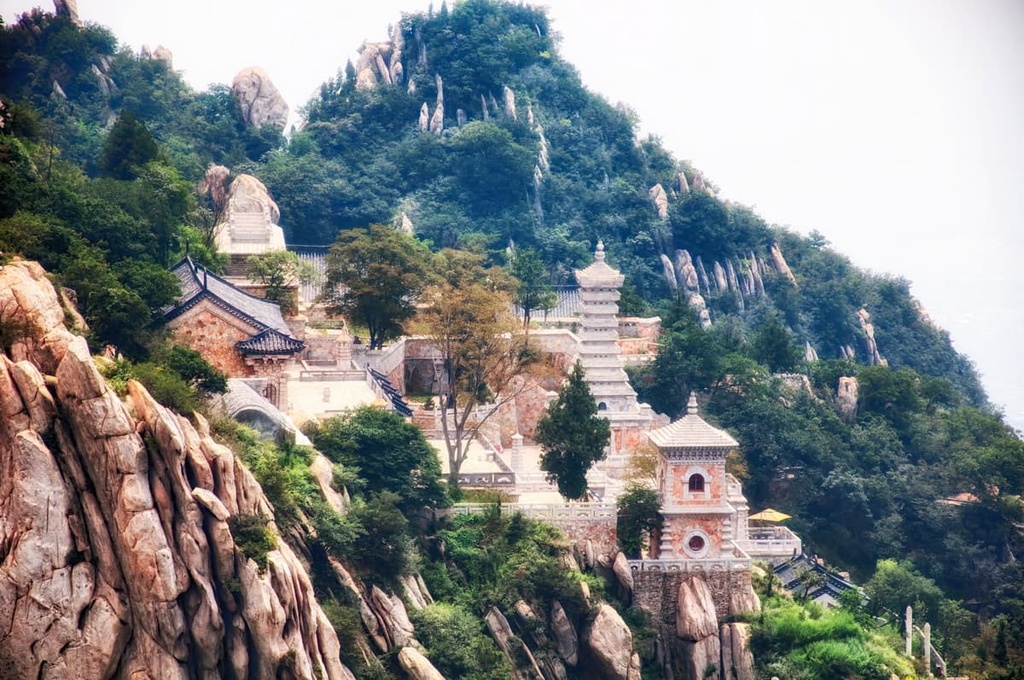
The “mountain” is actually a collection of several peaks, the highest of which reaches 1,512 m (4,961 ft). Of the numerous temples on the mountain, one of the most notable is the Shaolin Temple, which is considered the birthplace of Chinese Kung Fu.
Mount Song is also considered the birthplace of Zen Buddhism. The Zhongyue Temple is one of the oldest Taoist temples in the country, and one of the four great academies of ancient China was located in the mountain. Mount Song is even recognized as a UNESCO World Heritage site.
Mount Song is located midway between Luoyang and Zhengzhou in northern Henan, so it’s an easy spot to reach during a trip to the province.
There are plenty of mid-size cities in China, but some interesting stops for tourists are Zhengzhou, Kaifeng, and Luoyang. Here’s what you need to know about each city before your next trip to the region.
Zhengzhou is Henan’s capital and largest city. Like many of the province’s cities, it has a long history. The oldest archeological remains found in Zhengzhou date back to around 1600 BCE, around the time of the Shang Dynasty. There are a number of historic temples in the city, one of which is the largest in the whole province.
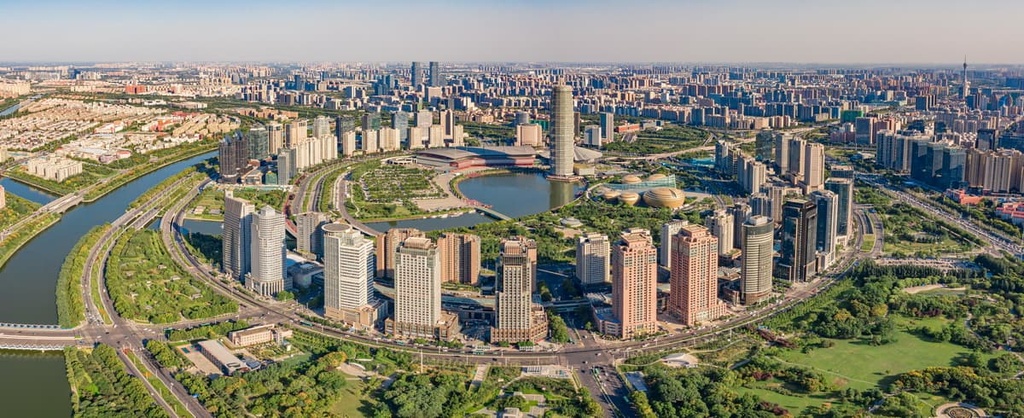
Today, Zhengzhou is a vibrant, fast-growing city that’s home to over 12 million people. The Erqi night market is a great destination for food and people watching, and if you’re interested in the province’s history, be sure to check out the Henan Museum, which is home to some of Henan’s most important treasures.
Luoyang is the oldest of the four great ancient capitals of China, with roots going back to the Xia dynasty. It’s a mid-size (by Chinese standards) city of about 6 million people.
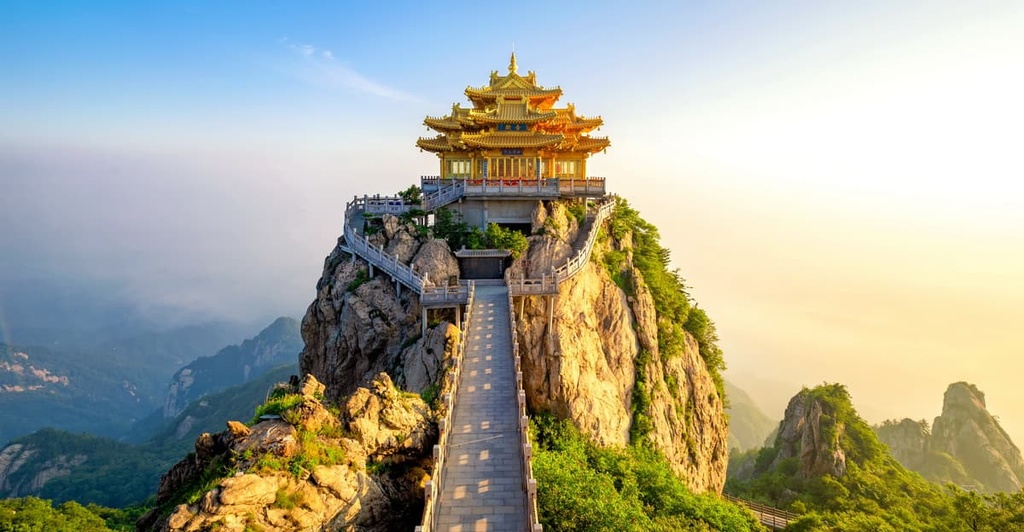
Luoyang’s major attraction is the Longmen Grottos, a mountain with thousands of statues of the Buddha carved into caves and hillsides. The grottoes are a UNESCO World Heritage site and they’re considered some of the most important works of Buddhist art in China.
In addition to the Longmen Grottoes, Luoyang is home to an excellent historical museum, and it serves as a great jumping-off point for trips to nearby Mount Song.
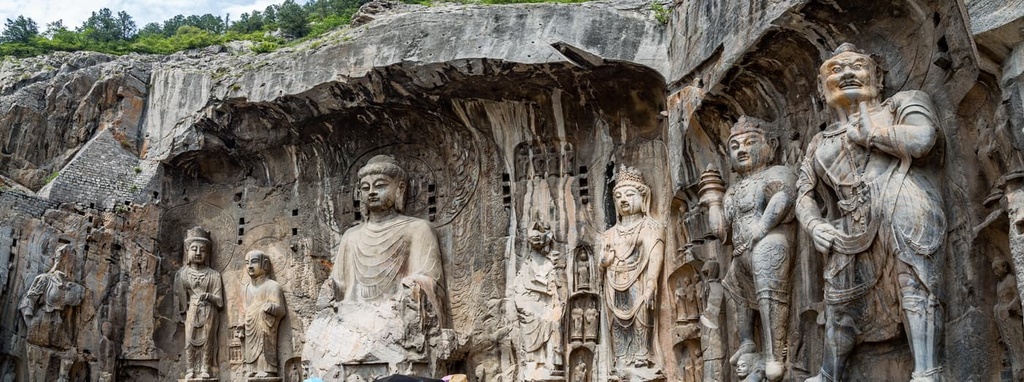
Explore Henan with the PeakVisor 3D Map and identify its summits.





